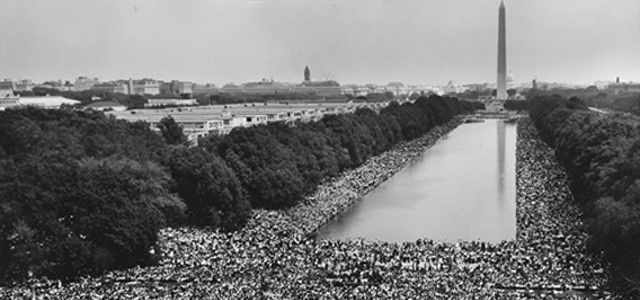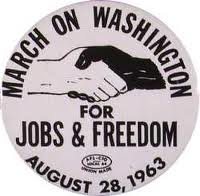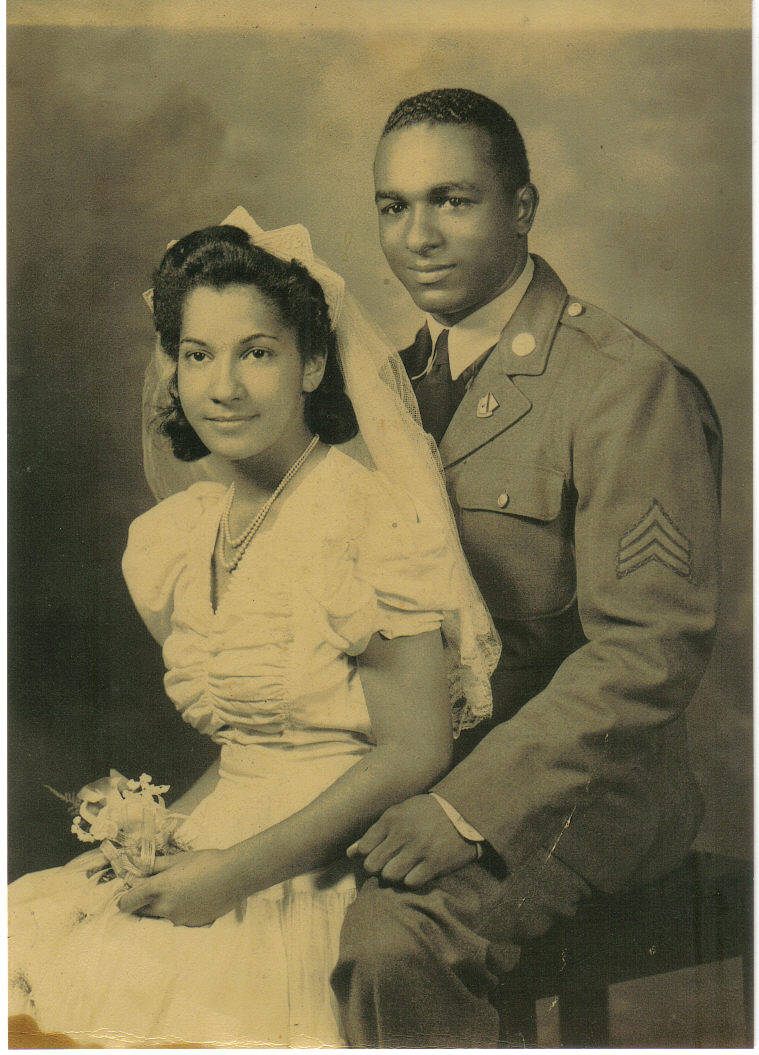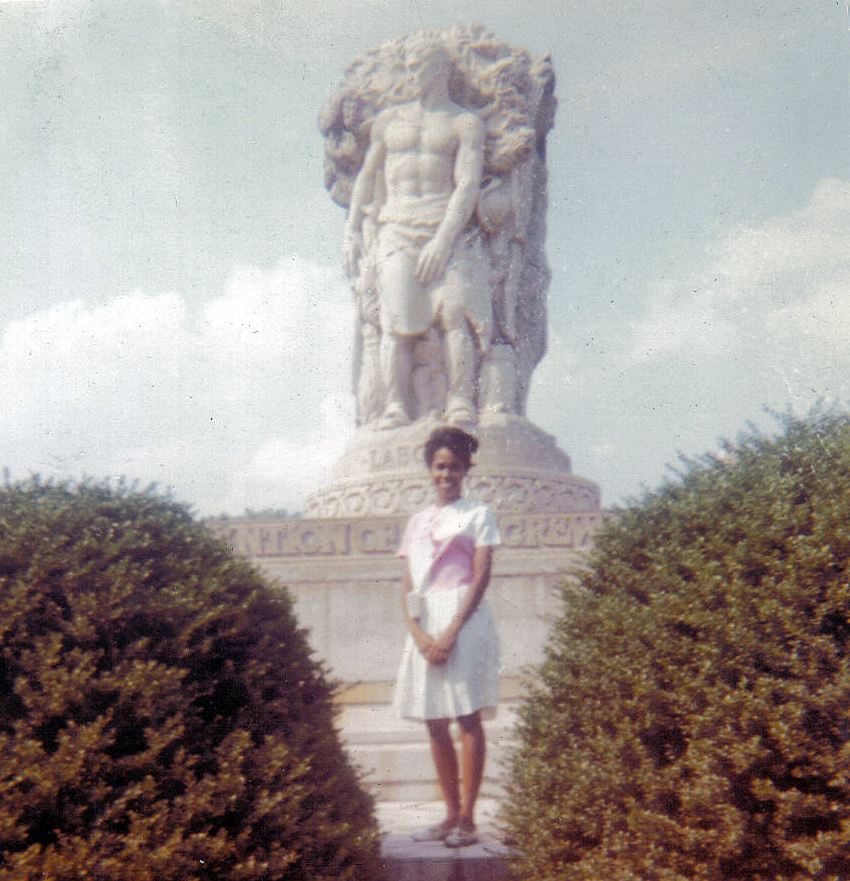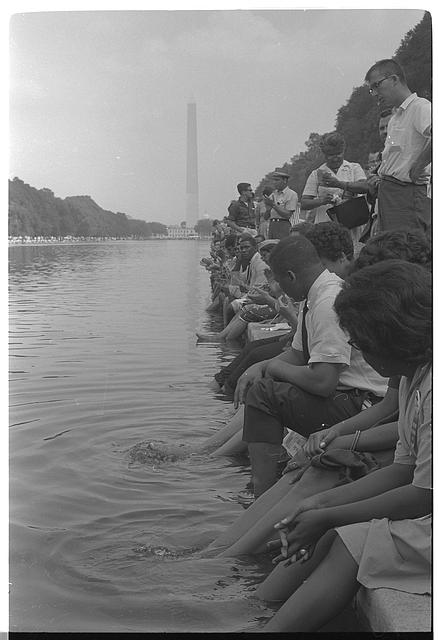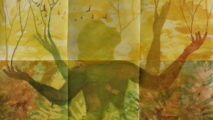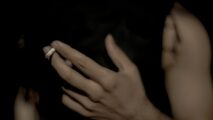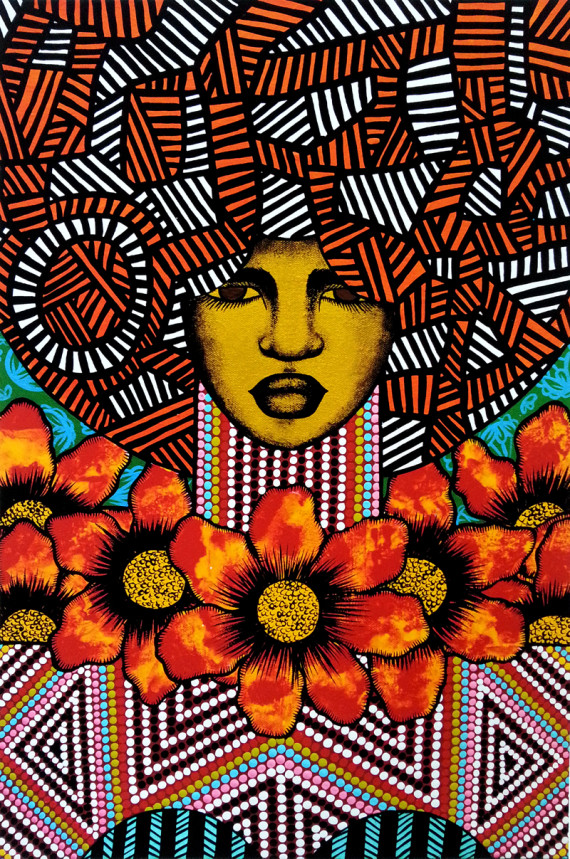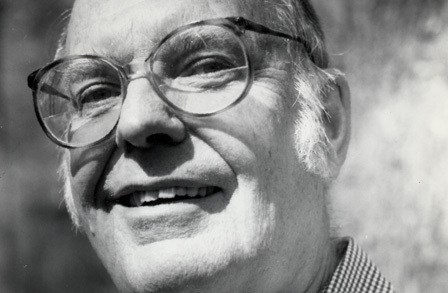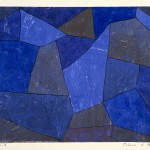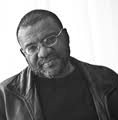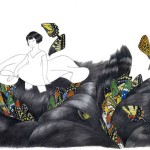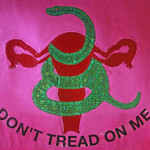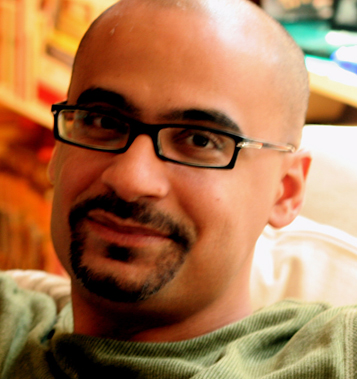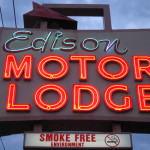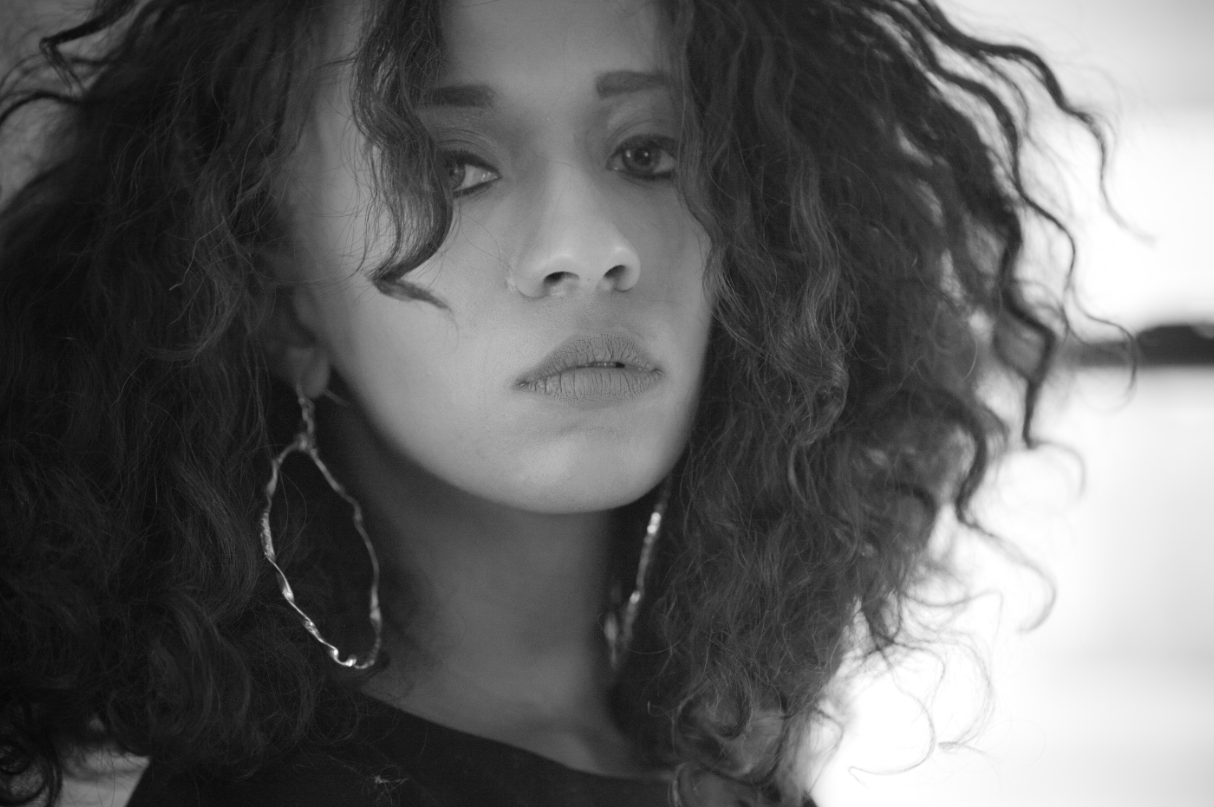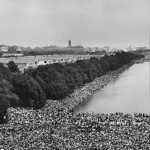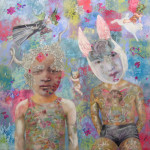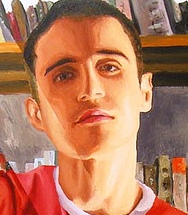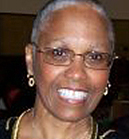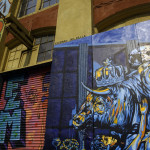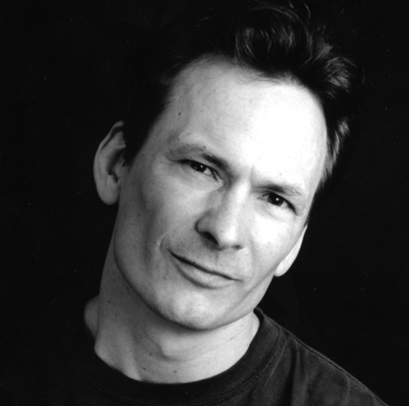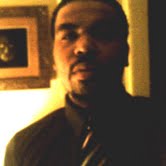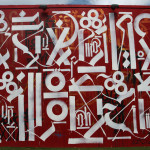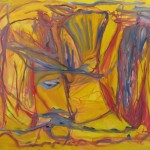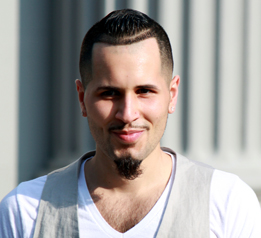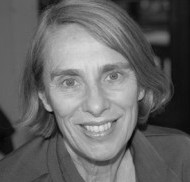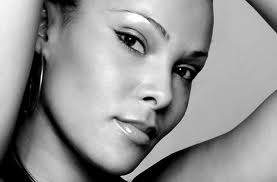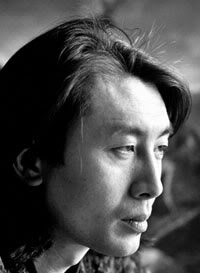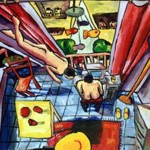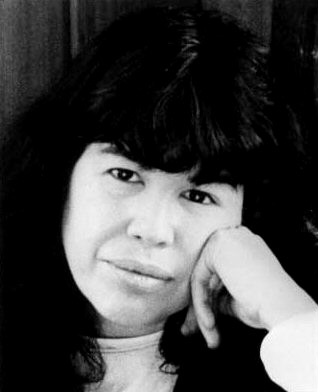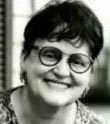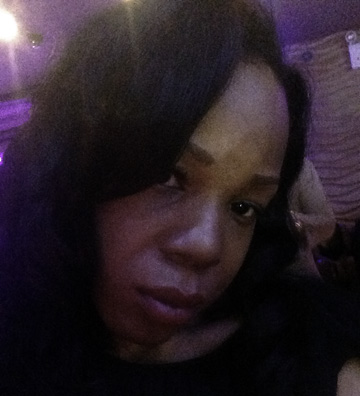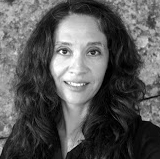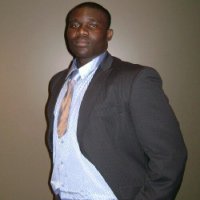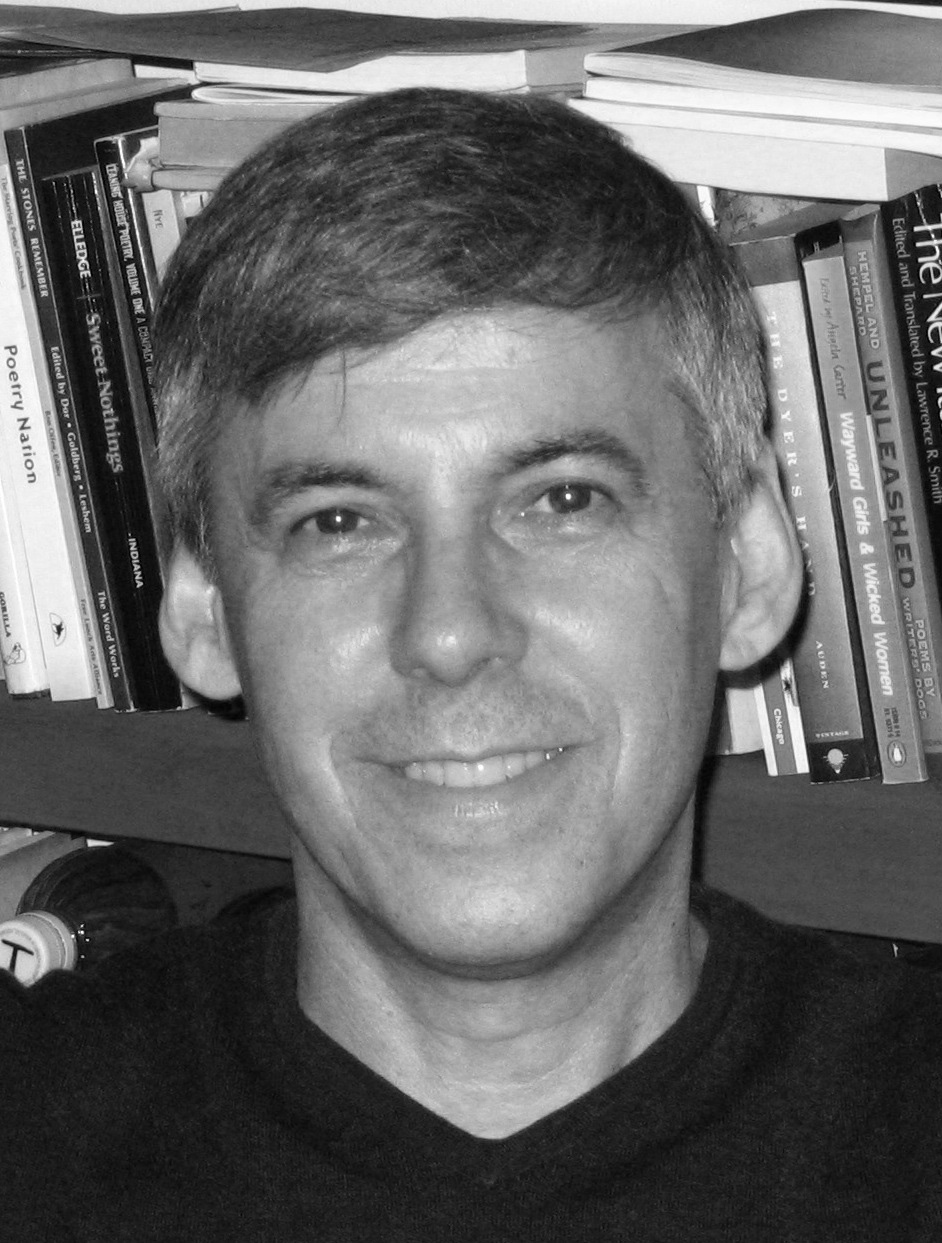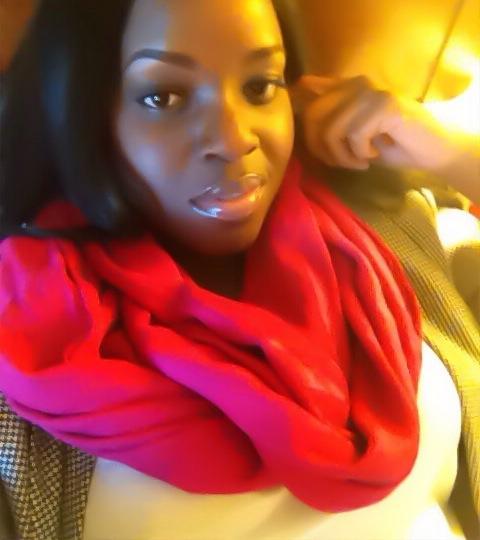August was the 50th Anniversary of the March on Washington, 1963-2013. Cheryl Evans marched on Washington in 2013, as she did as a young Civil Rights activist in 1963. The following is an interview about the March, The Civil Rights Movement and her family’s struggle to overcome racism and inequity in America.
Pamela Hughes: You mentioned that when you went to the recent March in 2013 you were wearing a t-shirt that said: I was there in 1963 and a young person told you were like a walking history book. Tell me about being a walking history book?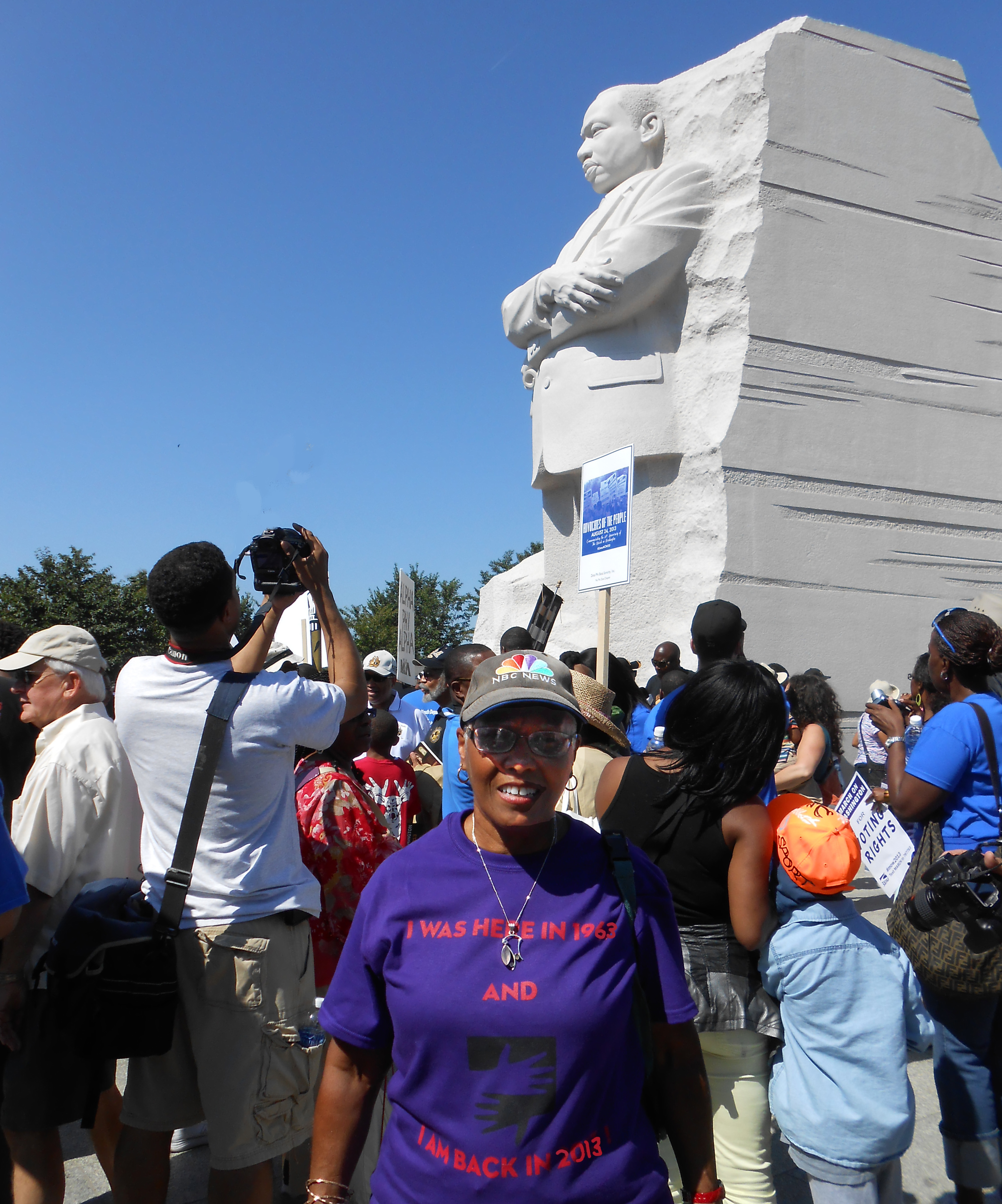
Cheryl Evans: Wow, my students have referred to me as a human Google. All I can tell you it is because of the way I teach and learn. I connect everything to what came before. I am very attentive to what I call the Domino Effect and how things get to where they are. From a young age, I listened to the grown ups. I listened my great uncles who had grown up in North Carolina, tell stories. I was always listening to my father tell stories about being in the military and he would tell stories of his father growing up in the south. So I was nosy about history. For example, when I was fifteen, I was able to go to the mosque in Roxbury, Massachusetts. and hear Malcolm live and Minister Lewis. I got involved at an early age. When I look at any event, whether it is dealing now with Syria, my question is what led to this? What happened before? If I don’t know, then I am very eager to find out. When I am teaching, if something crops up, I’ll stop right there and ask the students, are you aware of this? We’re going to stop right here and I want to teach you about this. This usually leads to questions and the segues go a long distance. And I always bring it back to that’s how we got to where we are. I have tapes, audio tapes. I saved everything. As a matter of fact, I just found an autograph of Mohammed Ali from the early the sixties. He had come to Roxbury and was walking through Grove Hall. I remember because he spoke to my younger sister. He called her angel eyes. You couldn’t talk to her for a week! [Laughs.]
I have also Rosa Park’s autograph–and Nina Simone’s. It’s kind of a joke–the walking history book. It makes me sound kind of old. But unfortunately, the reverence which with we used to hold our elders has dissipated. However, I still believe that the baton is being passed. Those people that have made major contributions are leaving or are gone. It is our responsibility to simply to honor their sacrifices by telling their story. A close friend of mine from Hawaii says in the Hawaiian culture there is something called talk story, or oral history so people-young people sit and listen. So even if my students—with all their cell phones and technology–are rolling their eyes, my question is always: what did you learn? I feel that they are still getting something meaningful from learning about oral history, and of course doing their own research and critical thinking.
PH: What was the March on Washington in 1963 like and how did you end up going? 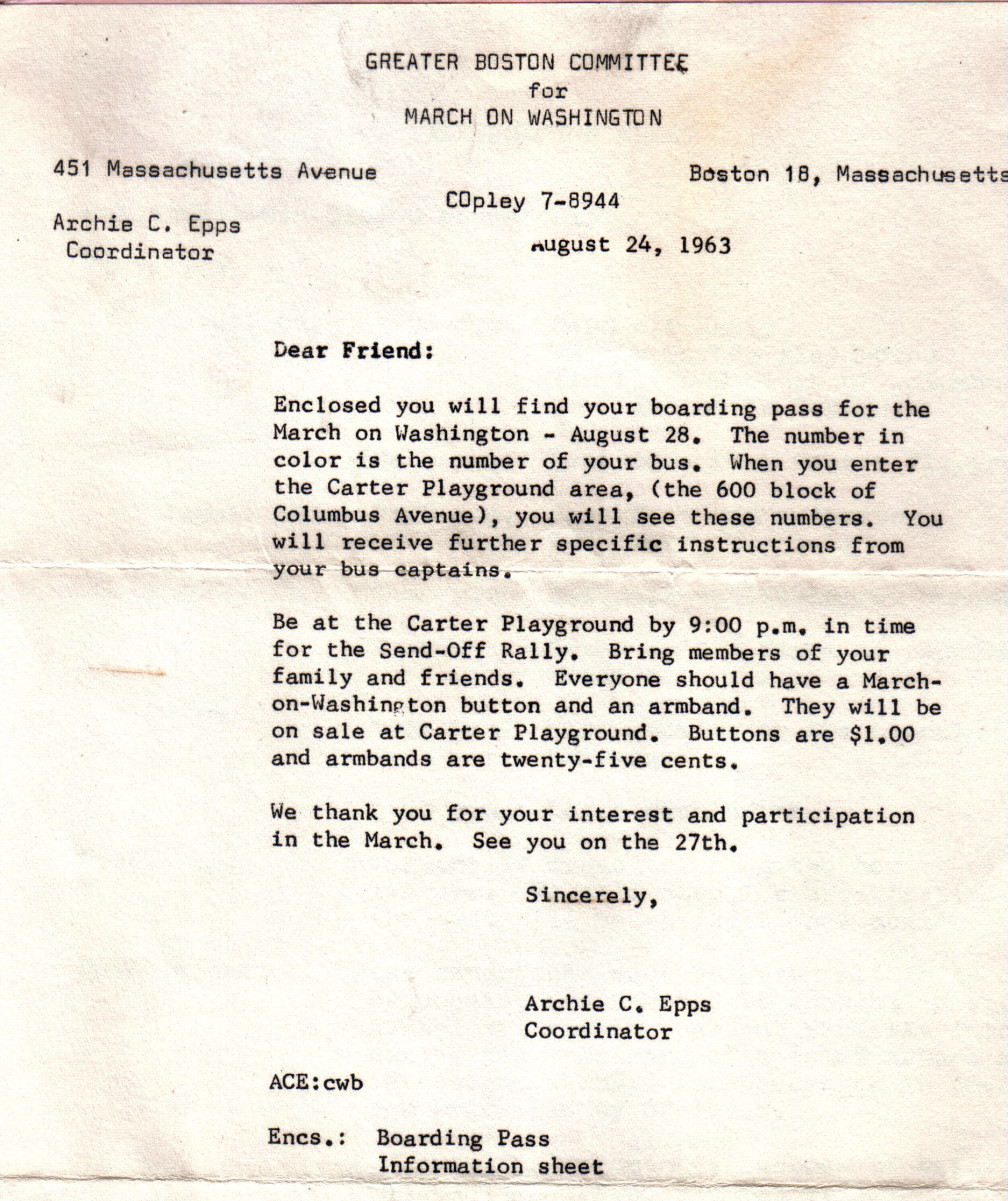 CE: When I was 15 years old, I started doing what was called going “In town,” which meant going by bus to Boston to participate in the NAACP Youth group. So the back story is that there were freedom schools that I participated in prior to the actual announcement that there was going to be a march on Washington. I heard the various voices when they were originally speaking. The people of my community of West Medford, a tiny part of Medford, MA, the oldest continuous black community in the Northeast, had a higher level of education, but because of the times you had black people working in the post office with Master Degree’s. They couldn’t work elsewhere. My father, who had been a soldier in World War II, wanted to go to business school in Boston. Babson. They said they couldn’t accept him because they couldn’t place him–meaning because he was a man of color. So for me going to the march was not even a second thought. I would be there.
CE: When I was 15 years old, I started doing what was called going “In town,” which meant going by bus to Boston to participate in the NAACP Youth group. So the back story is that there were freedom schools that I participated in prior to the actual announcement that there was going to be a march on Washington. I heard the various voices when they were originally speaking. The people of my community of West Medford, a tiny part of Medford, MA, the oldest continuous black community in the Northeast, had a higher level of education, but because of the times you had black people working in the post office with Master Degree’s. They couldn’t work elsewhere. My father, who had been a soldier in World War II, wanted to go to business school in Boston. Babson. They said they couldn’t accept him because they couldn’t place him–meaning because he was a man of color. So for me going to the march was not even a second thought. I would be there.
PH: Tell us about getting to the march, the journey from Massachusetts to DC.
CE: We left from a spot in Boston called Carter playground. My parents drove me to the bus. They supported my going. I still have the ticket somewhere. It cost maybe twelve dollars. The march was well organized. Bayard Rustin was a master organizer. You had a number that coincided with your group and the bus. You were told what you could bring and what you couldn’t bring. The other thing was that you had to dress up. Not like today. In those days, you didn’t wear jeans. People were dressed up like you were going to church. And the other thing was anecdotal. There were stories that certain bus companies would not send the buses to the people trying to organize the March. Some companies said they had no buses that would go that far.
OK, so we rode all night. We stopped in Baltimore early in the morning to use the rest facilities. In those days there were no bathrooms on the buses. They had breakfast for us. I think it was fruit and cereal. You couldn’t of course shower so all you could do was go in the bathroom and do what my like my mother said, you’d take a birdbath. You did your face and your pits. [Laughs.] We pulled into DC and they had declared a state of emergency, which I didn’t realize then. No cars. No people that I could see. I remember looking out the window and on whatever highway we had come in on, as far back as you could see, there were buses. Just buses. And it was very emotional because the scuttlebutt was that no one was going to come. There were forces at work to discourage people from attending. Another part of this was the March was for all kinds of people, black people, white people–it for anyone, as long as you signed the paperwork. There was no cursing; you had obey all laws, no violence–you had to be a person that understood the principle of nonviolence. If you wanted to go down there and start trouble you couldn’t come. That was pre-trip.
PH: How many marched in 1963? And who marched?
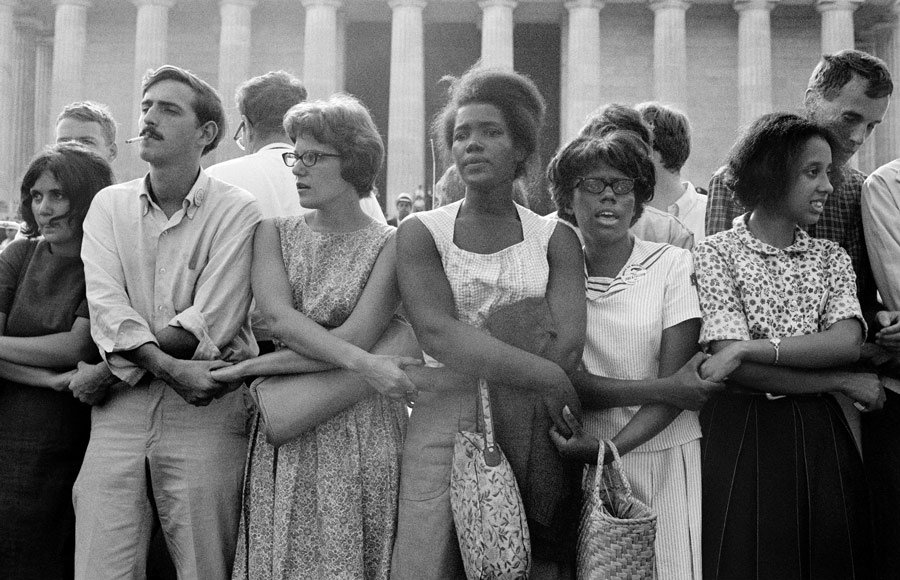 CE: The people who did the counting said 250, 000 but it seemed like a whole lot more. The marchers that I saw were representative of everyone, which was a rare sight in 1963. Aside from black people, there were many white people marching. Different groups from all over, with signs that said things like: Puerto Rican or Native American. There were many Jewish marchers. And other groups that I didn’t mention. It was ultimately what I call the real rainbow.
CE: The people who did the counting said 250, 000 but it seemed like a whole lot more. The marchers that I saw were representative of everyone, which was a rare sight in 1963. Aside from black people, there were many white people marching. Different groups from all over, with signs that said things like: Puerto Rican or Native American. There were many Jewish marchers. And other groups that I didn’t mention. It was ultimately what I call the real rainbow.
PH: What happened when you got there?
CE: 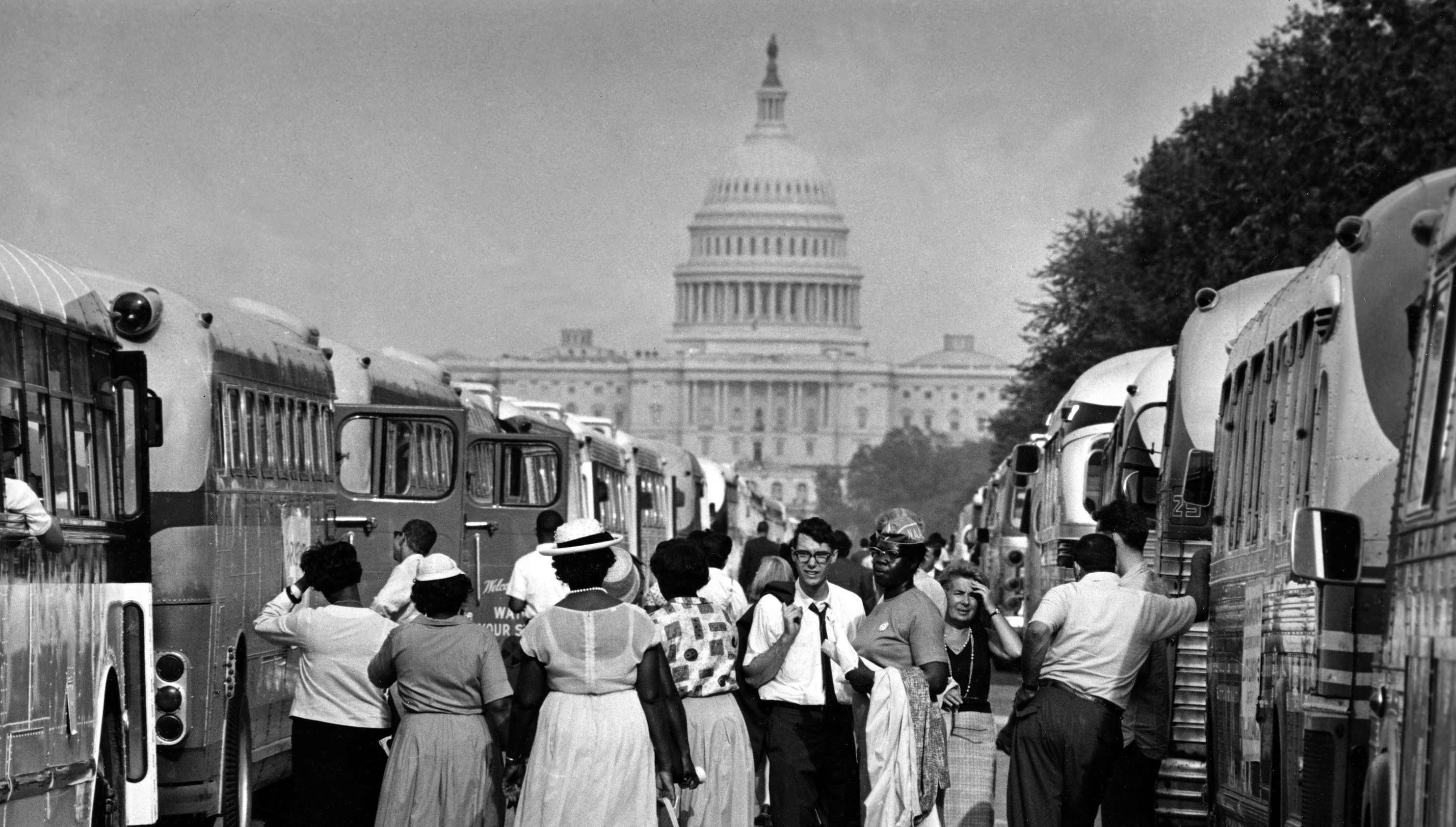 Well, when we got off the bus, we found that the Boston buses had somehow managed to be at the front. A young women who was involved with NAACP, named Susan Batson, who later became a famous drama coach, started shouting as we stepped off, Jim Crow must go! She had a very deep resonant voice. It became a call and response. “Jim Crow must go! And because people were behind us, the chant resonated, so it was like an echo. We had started moving toward the mall. Jim Crow must go! And the chant resonated. Jim Crow must go and must go… must go. It was like an echo. Must go…must go…like a wave. I felt like I was walking three feet above the ground, like this incredible unity of thought and purpose and emotion and commitment.
Well, when we got off the bus, we found that the Boston buses had somehow managed to be at the front. A young women who was involved with NAACP, named Susan Batson, who later became a famous drama coach, started shouting as we stepped off, Jim Crow must go! She had a very deep resonant voice. It became a call and response. “Jim Crow must go! And because people were behind us, the chant resonated, so it was like an echo. We had started moving toward the mall. Jim Crow must go! And the chant resonated. Jim Crow must go and must go… must go. It was like an echo. Must go…must go…like a wave. I felt like I was walking three feet above the ground, like this incredible unity of thought and purpose and emotion and commitment.
Can you tell us more about your experiences at the March?
We continued walking. It is kind of a long walk from capitol to the Lincoln Memorial. We were between the Capitol and the Washington Monument. They had security. There were these brothers with vests and old fashioned Walkie Talkies along the side of you and that helped us feel protected. Each group had a captain. If you had any questions you had to ask him. You weren’t supposed to walk on the flowers or walk on the grass. We followed the rules. As the mass of people started coming… the further in the front you were, you had to walk faster to make room for the people coming up in back. It was crowded. The point I am trying to make is that I am not that tall. [Laughs.] I looked up one point and Bill Russell was standing right beside me. I remember looking up at him and he was like a giant to me. There were just people everywhere. So initially I said I have to stay with my group, but you really couldn’t do that. You had to go with the flow. As so it was important to remember the number of your bus.
We continued to move as far to the front as we could. There were barriers prior to getting to the Lincoln Memorial. It got hotter as the day progressed. I think the speeches started at about 11:00. I remember who was there, but not a lot of what they said. Sammy Davis, Harry Bellafonte, Marlon Brando, Paul Newman, Mahalia Jackson. They were all there, but the acoustics were not like today of course. There was no fidelity, so you couldn’t hear everything. So people that could hear would tell people that couldn’t what was said. Another person would tell the others in the back what was being said. Sometimes we would be like: What did he say? [Laughs.] I do remember who spoke, but could not tell you what they said. Whitney Young was there. Roy Wilkins was there. We called him Uncle Roy. [Laughs.] The NAACP was the least militant of the groups. It was the oldest one, but they were more like the-go-along-to-get along group at the time. A. Philip Randolph was there. I remember him because my grandfather was a Pullman Porter, and A. Philip had had a very deep voice. People really clapped for him because there was a lot of Union support in ’63. A lot of people in the unions were there. I remember at one point, there was this young man who had been on the bus with me from Cambridge.
It had gotten very close in the crowd–very tight and warm so we walked across Memorial Bridge to get some air. On the other side, he took a picture of me. So I have one picture of me standing in front of some kind of monument. By now it is getting into the afternoon. It was announced that Martin was going to speak. As we went back to the Mall, he had already started. Of course I couldn’t really hear—the acoustics again–but the momentum! As he built into this very emotional kind of rhythmic delivery, I felt like I was three feet off the ground. It was as if all these thousands of people were being transported. People were crying, holding hands. There was a call and response. Martin would say something and some people in the audience would respond. In the tapes you could hear this. It built to a crescendo. And people were in tears–I mean sobbing. They had come from Mississippi. They had hitchhiked. They had come from all over the country. So after Martin had finished speaking, I remember there was prayer. They did a lot of prayer at the March. Different ministers. There was a rabbi who spoke. And of course there was singing. All these people that I had mentioned earlier and more spoke.
PH: What happened after the speeches–after Martin’s speech?
CE: It was about 5 o’clock, then. People were really hot. There were some old people of course, and there was a joke going around that we should get in the Reflecting Pool. In my experience, I saw no colored people starting it. They talked about it. The first people that said, oh well, what the heck, were the white participants. And once they did it and no police came, then other people did it. But when you look all the pictures and you see all the people sitting with their feet in the reflecting pool, that wasn’t something that just happened—that we should just put our feet in the pond. It was like: is this allowed? The message we had received very strongly was do not break any of the rules—not even an unwritten rule. Fifty years later I’m thinking there was something telling in that—that until the white participants put their feet in the pool, we were not going to put our feet in. We didn’t want that to become some kind of problem.
I realize now that there were military police. These were not DC police. There were vans and buses full of them all around us. All around us. Everywhere. I told this story before because it really hit me. As you were going back to your buses you had to find your bus so if you were on bus 15, you had to find bus 15. I saw that the military police were also leaving to wherever they were going to go. And the colored military police got on one bus and the white military police got on another bus. It was just so profound to me at that age to see this at the end of the March. I remember that clearly. Now I’m coming down from being three feet up and saying to myself: this is what we still have to deal with.
PH: That was a heavy sample of irony–seeing such overt segregation right after the March. How was your life affected after being there?
CE: I don’t remember the trip home. We were all so exhausted. We drove all night back to Carter Playground. I must have started school in two weeks. I came back emotionally convinced–totally convinced that in a relatively short period of time that what Martin was saying was going to happen–that this would be the break through and we would get our Civil Rights. Then came the 15th of September: they blew up the little girls in Birmingham. First, it was seeing the black MPs right after the March. But that bombing! I can remember lying in my bed and sobbing. Being without comfort! Fourteen, fifteen years old… close to my age…they hadn’t done anything. As I said before, I had gone to the mosque. It was interesting because what was said there was misinterpreted. From what I understood, the Nation never said all white people were devils. Essentially the message was that this racist belief created people that didn’t have compassion—and that was a devilish mentality. A sickness. That’s what Malcolm said.
The bombing really threw me back. What do you call it when something explodes and the percussion throws you back? That was the fall of ‘63 and then in November Kennedy was shot. So many things were happening. This Little Light of Mine” was a big song then. I made this analogy. It was like having a candle and every time one of these things happened the flame was blowing down farther and farther. It was just one thing after another–everything down to Kent state. The March was in 63, prior to that was Emmett Till , then the Birmingham bombing, Kennedy, then Malcolm got shot, then the Panthers were killed. Medgar Evers was killed before the March.
I have this theory that the many of us that survived that time that had a form of Post Traumatic Stress Disorder that was not talked about at that time. As young people these events seemed to be saying to us: I don’t care what you believe, but you are not going to live to see that day. But I was blessed to have met to have been exposed to significant individuals from my youth all the way through and that was what kept me having some hope.
PH: During the March, Civil Rights organizers like Fannie Lou Hammer, and Daisy Bates were not given key note speaking roles and had to march in separate parade for the women. Daisy Bates, who was one of the only female speakers at the March only allowed to speak 145 words. How was it perceived by black women who were fighting for racial equality, but also had to deal with sexism?
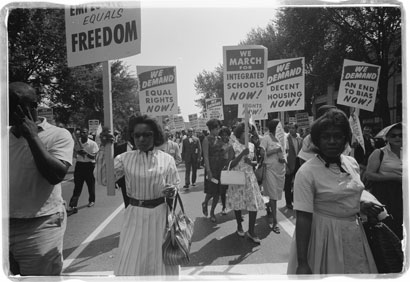 CE: I can only speak to my understanding of the times, from that context. We were still in a time when the males were supposed to be the “head of”—it was a biblical term. Even though we didn’t call it sexism, there was an implicit understanding that if there was an organization or event that the males would be speaking. In the NAACP, the women did the work. It was just the way it was. We knew about Ella Baker, Ida B. Wells, about all the women who had historically taken a stand. We wouldn’t be where we are today without the role of the women. Once again it was the context of the times. It changed very slowly. By 1966 it had started to shift, but at that time it just the way it was.
CE: I can only speak to my understanding of the times, from that context. We were still in a time when the males were supposed to be the “head of”—it was a biblical term. Even though we didn’t call it sexism, there was an implicit understanding that if there was an organization or event that the males would be speaking. In the NAACP, the women did the work. It was just the way it was. We knew about Ella Baker, Ida B. Wells, about all the women who had historically taken a stand. We wouldn’t be where we are today without the role of the women. Once again it was the context of the times. It changed very slowly. By 1966 it had started to shift, but at that time it just the way it was.
PH: What did the women of the Civil Rights movement lend to the process?
CE: The heroines from Phyllis Wheatley to the unnamed, the unknown and the unsung, the women who made the way out of no way, who sacrificed, survived and endured, helped us get there. Individual families always looked at their mothers, grandmothers, godmothers, the great grandmothers in terms of honoring their contributions. But remember, these were days when just to validate the contributions of people of color in US history was a challenge, let alone women’s contribution. It would be like: what are you talking about? What are you smoking? It wasn’t even part of a conversation, but that didn’t mean that majority of women were not honored within church groups, social organizations, sororities–the Civil Rights women’s groups. Women collected the money, donated the money, did the fund raisers. In those days they didn’t have computers, so they ran off all the fliers on mimeograph machines. Women did all that. I’m not saying that men didn’t do work, but most of that work wasn’t considered where they were supposed to spend their time.
PH: Going back to the men of the Civil Rights Movement, Bayard Rustin was one of the less well known architects of the Civil Rights movement, who went to India to study Gandhi’s nonviolent movement and bring back the core concepts of the Civil Rights movement, boycotting, marching, nonviolence, civil disobedience. He was also openly gay. Was this why he was kept in the background of the in the March?
CE:  I had no knowledge of that at the time. I read subsequently that there were concerns, but I have to say, almost everybody had someone in their family who was gay. In those days, they used the word queer. I don’t remember, for lack of better word, anyone being insular. No one in my family ever said: we can’t invite them to family affairs. I had a cousin who had a partner. She would bring her to family functions and no one ever say a word. My mother’s foster sister had a son and even as a little boy, we all knew, but no one ever disinvited him to family functions. I had no knowledge of Bayard’s history. I knew his name because he worked with A. Philip, who was the president of the Pullman porters. As I said, my grandfather was on the railroad and prior to Martin and those guys, the most prestigious black organization was the Brotherhood of Sleeping Car Porters because they had taken on the Pullman family and under violence and brutality they created the first African American union in America.
I had no knowledge of that at the time. I read subsequently that there were concerns, but I have to say, almost everybody had someone in their family who was gay. In those days, they used the word queer. I don’t remember, for lack of better word, anyone being insular. No one in my family ever said: we can’t invite them to family affairs. I had a cousin who had a partner. She would bring her to family functions and no one ever say a word. My mother’s foster sister had a son and even as a little boy, we all knew, but no one ever disinvited him to family functions. I had no knowledge of Bayard’s history. I knew his name because he worked with A. Philip, who was the president of the Pullman porters. As I said, my grandfather was on the railroad and prior to Martin and those guys, the most prestigious black organization was the Brotherhood of Sleeping Car Porters because they had taken on the Pullman family and under violence and brutality they created the first African American union in America.
PH: Wow, that must have caused a monolith shift for the rights of US workers. He sounds like an interesting grandfather. What was his name?
CE: Oliver Laurence Evans. He was my paternal grandfather. My paternal great grandmother was aunt Bet, her daughter was Lena, my grandma.
PH: Continuing with your family history, you mentioned that your great grandmother was a slave and that you found yourself embodying an aspect of her life in a role you played as a historical free black woman in the Living History program.
CE: Yes, my great grandmother, Elizabeth Williams, called Aunt Bett, was born into slavery in 1861. She made her living as a laundress and raised her family in West Medford, MA. My father told stories of delivering the clean laundry to her customers, white families who lived in the Brooks estates. He said he “hated’ having to go to the back door to deliver the laundry. I do recall seeing her when I was about 4 years old…she wore long skirts and wrapped her hair. She had a lot of scars from burns on her arms–from those heavy irons used to iron clothes. As a graduate student in Norfolk, VA from 1991 to 1997, I was employed by the Norfolk Museum in their “Living History” program. The character I portrayed, Betsey Williams, actually lived in Norfolk in the 1700’s and was a free woman with papers she had to carry to prove her status. I would go into schools dressed in a costume from that era, and even had artifacts that were historically accurate. Many times the students were convinced I had actually come “back” from that era and asked questions about what I ate, and where I lived, etc. They always wanted to know why I used a wash tub vs. a washing machine!! I always “felt’ the energy of Miss Betsy and all those other unknown black woman who made a way for us to survive by working so hard with such little support. In my mind, they are the true American heroines. As for my “success” it is not in earning the Ph.D. degree. I feel that the “fruit” of my work is in the teachers I have trained, who have gone on to teach effectively in classrooms in many parts of the country. I have worked with every age group, from early childhood to those in their 70’s. If only 10% of my students have stayed in the profession, there are still quite a few students who have been taught to believe in themselves and aspire to the full measure of their potential.
PH: How does the past shape the present and future, and can our future be a better one?
CE: We stand on the shoulders of those who suffered and sacrificed. I want to keep that process in motion. Plus I have done research on the changing demographics of the US. We are no longer a “white” country and that can either be scary or affirming. I choose to see it as a change that will make us a more realistic reflection of the world–and thus “perhaps” bring the world closer to what I love about Star Trek—where we cease fighting one another and move into an era Martin saw, the “Beloved Community. I know it is considered a dream, but I have always endeavored to do my part on the front lines to bring it into being…slowly, but surely.
8888888888888
Editor’s Note: It has come to light in a recent book called, Nobody Turn Me Around: A People’s History of the 1963 March on Washington by Charles Euchner that the $16,000 sound system purchased by Bayard Rustin, was sabotaged the day before the March on Washington. Supposedly it was fixed, but Cheryl still had a hard time hearing, so perhaps it was still not working properly.
“Love is creative and redemptive. Love builds up and unites; hate tears down and destroys. The aftermath of the ‘fight with fire’ method which you suggest is bitterness and chaos; the aftermath of the love method is reconciliation and creation of the beloved community. Physical force can repress, restrain, coerce, destroy, but it cannot create and organize anything permanent; only love can do that.”—Martin Luther King, Jr., 1957
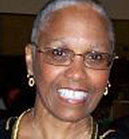 As Cheryl Evans says, she “is a child of spring and Saturn, born in April 1946. The cosmos brought together my parents, Warren Evans & Sylvia Johnson. Only her “real” name was Sylvia Solomon Kravitz Smoensky. My grandfather was an Ethiopian Jew, with a mysterious past—an old man surrounded by books. He was reputed to have been a rabbi, an educated man who had owned property in the South End of Boston. Her maternal grandmother, Lena Kravitz, was also Jewish, but from Vilnius, in Lithuania. Her mother and her five siblings were taken from her as a young child and raised in the foster care system of the time. My father’s, family ended up in West Medford after one of my father’s uncles was spirited out of North Carolina after hitting a white man in a lumber mill. My paternal grandfather, Oliver L. Evans, was a Pullman porter on the railroad with ‘A. Philip”, as he was referred to by the adults. I come from people who survived, and true to the adage, made a way out of no way. Accuracy lacking, the spirit of this heritage was to be my gift.” Cheryl is best described as a “teacher’s teacher,” has been involved in education since her high school years when she began working with Operation Exodus, a busing program in Roxbury, Massachusetts. Presently, Dr. Evans is Professor of Teacher Education at Bloomfield College in Bloomfield, New Jersey where she instructs undergraduate and post-baccalaureate students in curriculum design and instruction. Trained in human development as an undergraduate at the University of Massachusetts, Dr. Evans has taught in settings as diverse as inner city Newark in the Chad School, Headstart and early childhood programs in Harlem, NY, Morris Township, NJ and Cambridge, Massachusetts. Dr. Evans earned her Master’s Degree from Emerson College in Mass Communication in 1982 and a Ph.D. In Urban Education from Old Dominion University in Norfolk, VA in 1997. She believes that “what we teach is what we are,” and remains committed to the empowerment of every student through mastery of skills, self awareness, and personal growth.
As Cheryl Evans says, she “is a child of spring and Saturn, born in April 1946. The cosmos brought together my parents, Warren Evans & Sylvia Johnson. Only her “real” name was Sylvia Solomon Kravitz Smoensky. My grandfather was an Ethiopian Jew, with a mysterious past—an old man surrounded by books. He was reputed to have been a rabbi, an educated man who had owned property in the South End of Boston. Her maternal grandmother, Lena Kravitz, was also Jewish, but from Vilnius, in Lithuania. Her mother and her five siblings were taken from her as a young child and raised in the foster care system of the time. My father’s, family ended up in West Medford after one of my father’s uncles was spirited out of North Carolina after hitting a white man in a lumber mill. My paternal grandfather, Oliver L. Evans, was a Pullman porter on the railroad with ‘A. Philip”, as he was referred to by the adults. I come from people who survived, and true to the adage, made a way out of no way. Accuracy lacking, the spirit of this heritage was to be my gift.” Cheryl is best described as a “teacher’s teacher,” has been involved in education since her high school years when she began working with Operation Exodus, a busing program in Roxbury, Massachusetts. Presently, Dr. Evans is Professor of Teacher Education at Bloomfield College in Bloomfield, New Jersey where she instructs undergraduate and post-baccalaureate students in curriculum design and instruction. Trained in human development as an undergraduate at the University of Massachusetts, Dr. Evans has taught in settings as diverse as inner city Newark in the Chad School, Headstart and early childhood programs in Harlem, NY, Morris Township, NJ and Cambridge, Massachusetts. Dr. Evans earned her Master’s Degree from Emerson College in Mass Communication in 1982 and a Ph.D. In Urban Education from Old Dominion University in Norfolk, VA in 1997. She believes that “what we teach is what we are,” and remains committed to the empowerment of every student through mastery of skills, self awareness, and personal growth.
Related Posts
« Parte II: Solar, Part Two: A Lot – Pilar Fraile Amador & Forrest Gander BRIDGING THE WORLD: Photography of Robert Cortright »
